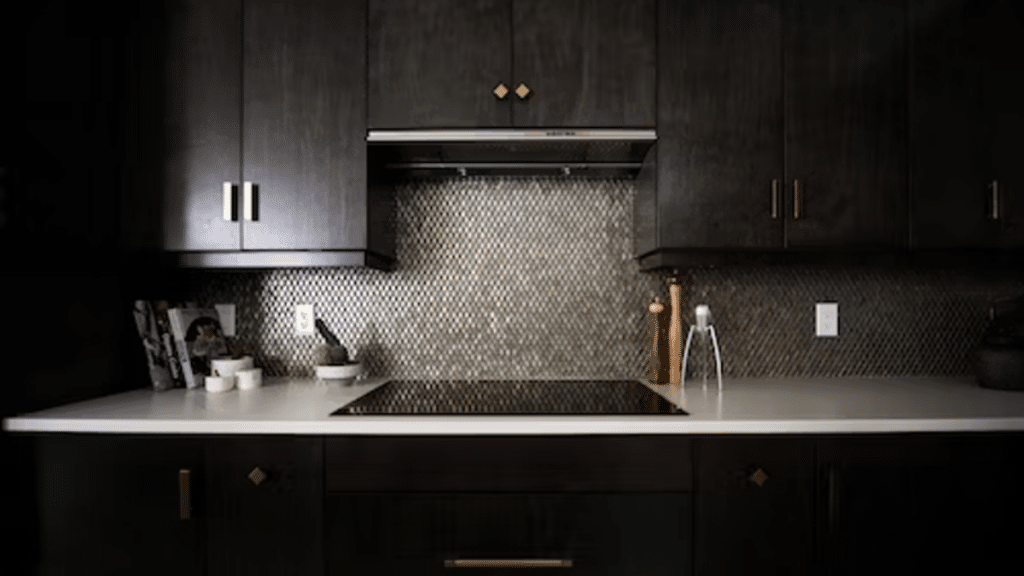When you first set out to improve your home’s overall appearance, you might be surprised to learn that some of the simplest tasks can make the most significant difference. One such task is interior caulking.
Using the caulking services Melbourne homeowners invest in is one way of ensuring that your DIY projects have a professional and functional finish. What parts of your home require caulking and what are the benefits of doing it? Our experts answer these questions and more.
What Exactly is Interior Caulking?
Essentially, caulking refers to the process of using a sealant to fill up gaps or seams to prevent elements such as dust and water from getting into the space. In some applications, caulking can be used to seal cracks and crevices.
If caulking is used to keep external elements such as snow or rain from entering your home, it becomes an effective way to keep your home dry. It can also prevent water damage and save costs down the road.
Which Areas in the Home Need Caulking?
The simplest way to answer this question is by saying that any space where two hard surfaces meet and have a potential for humidity or water to seep in is the perfect candidate for caulking. The most common areas to add caulking are listed below.
1. Bathrooms and Laundries
Bathrooms are one of the top areas in your home that will benefit from caulking. Essentially, caulk is placed where a shower or bathtub meets the surrounding wall and floor. Furthermore, adding caulking to the interior joints and showers within your shower will prevent water from seeping into the walls.
For the most part, the general rule of thumb to follow with caulking in your bathroom is that if a space can be exposed to water, it should be caulked. Caulking is often better than using grout or leaving the space open. Using mould-resistant and waterproof caulking will keep the space dry and damp-free.
Since most laundries don’t have adequate airflow, these spaces are at risk of dampness and mildew. If you have a laundry room in your home, our experts recommend adding caulk wherever moisture can get between surfaces.
2. Kitchen
As with your bathroom, any space in your kitchen that can get wet is at risk of being exposed to mould and dampness. Caulking creates a tight barrier between your kitchen surfaces and is an excellent way to keep any space dry. Some crucial areas to caulk in your kitchen include the following:
- Areas where the kitchen sink meets the wall or countertop
- Space where the countertop meets the backsplash
- Any place where tiles meet floors or walls
3. Windows and Doors
Many homeowners also opt to add caulk around their interior walls and doors. Doing this reduces the chance of drafts and winds sneaking in during the winter months. Adding caulking to your windows and doors also assists with reducing energy bills because it’s easier to manage interior temperatures.
The floor caulking contractors Melbourne residents employ recommend that DIYers make use of caulking varieties that hold paint well. Furthermore, always opt for waterproof brands that don’t emit any toxic fumes.
Some Impressive Benefits of Adding Interior Caulking
There are a bunch of significant benefits to adding caulking to your interior spaces. Some of the more prominent ones are listed below:
- The right type of caulk can last up to five years, meaning it doesn’t need to be replaced often, so this is a longterm investment in your property.
- Many caulk types are paintable, making them perfect to use as indoor finishings during your bathroom and kitchen renovations.
- Some caulk can be used to fill small cracks and crevices on painted surfaces.
- Keeps water and moisture from seeping into floors or walls, thereby reducing the risk of dampness, mould and mildew.
- When applied to areas such as the space between the kitchen sink and the wall, it can prevent insects from creeping into your home via the plumbing.
- When applied to windows and doors, it can go a long way toward keeping your home warmer, which in turn reduces the need for continuous AC use.
- Applying caulking to wooden structures reduces the risk of wood rot.
- Filling gaps on kitchen counters or in the sink area will prevent water and other liquids from dripping down behind cupboards and creating water damage.
- Has a better aesthetic than having noticeable gaps.
- Caulking dries much quicker than silicone and has been proven to show considerable resistance to weather elements, making it ideal for newly built projects.
- Caulking can be done on concrete, masonry, ceramic, glass and metal.
- Wood caulk can be used for wooden surfaces and can be used to repair cracks and gaps as well as repair simple wear and tear.
Final Thought
With the many benefits attached to caulking your home every few years, there’s no reason why you shouldn’t be doing it! In addition to making your DIY projects look neater, it’s also an excellent way to keep water and unwanted pests out of your home. Be sure to add caulking to your home repair to-do list or call a caulking expert near you!


